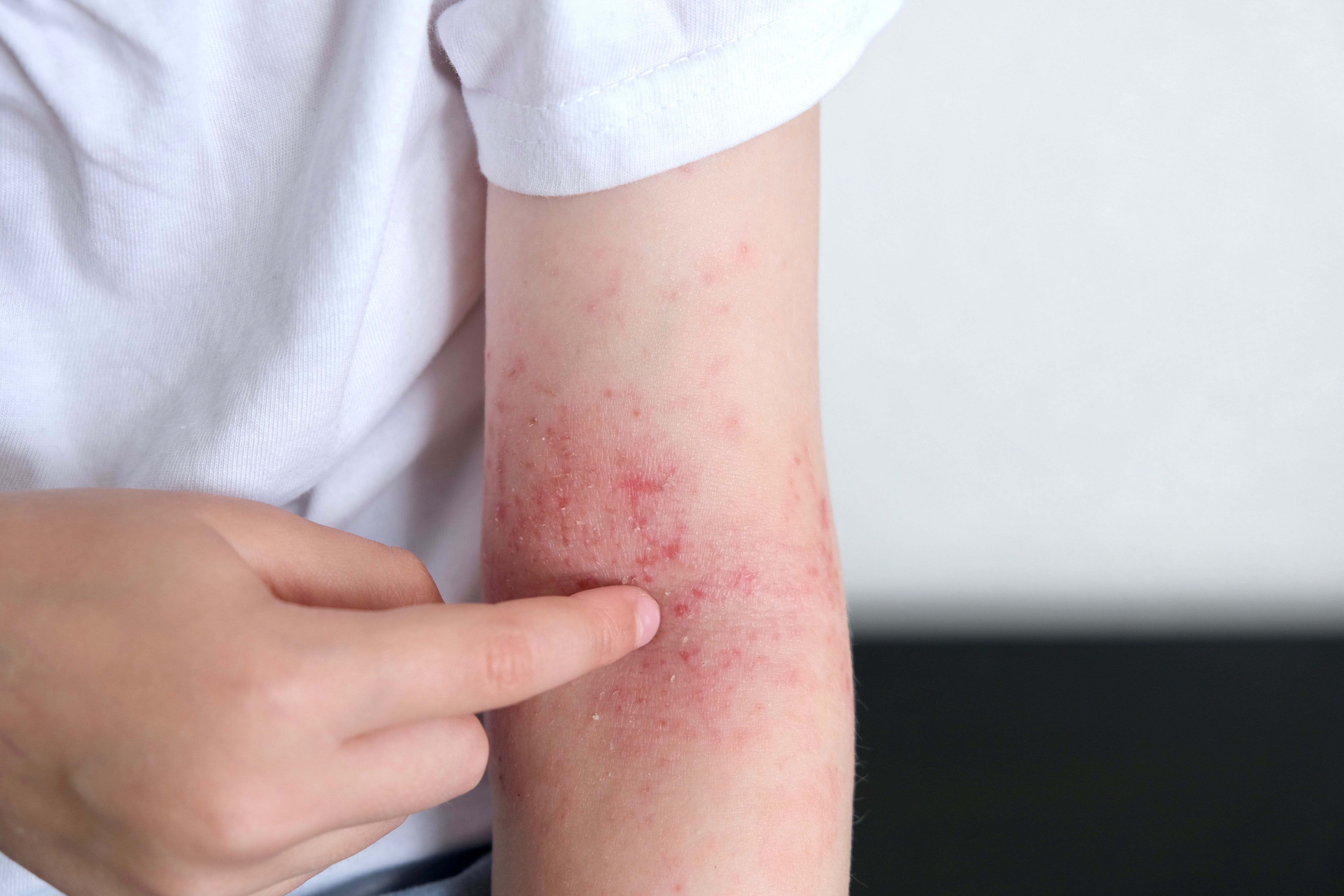A pediatrician’s role in the treatment of atopic dermatitis (AD) is important, yet has barriers to success. Larry Eichenfield, MD, vice chair of the dermatology department at University of California San Diego (UCSD), chief of pediatric and adolescent dermatology at Rady Children’s Hospital in San Diego, California, acknowledged that pediatricians often refer patients with mild AD cases to dermatologists. He and his colleagues at Rady/UCSD wanted to provide a solution to help with vetting serious cases to dermatologists. The solution for a topical medication volume calculator (TMVC) was presented during the session “Research Updates in Pediatric Dermatology” at the 2023 Society for Pediatric Dermatology Meeting in Asheville, North Carolina, July 13-16.1
Eichenfield cited reasons pediatricians often send mild AD dermatologists including limited knowledge about the condition and management options, steroid phobia, and insufficient quantity of topical medications prescribed since topical agents are not prescribed in defined quantities like oral medications.
The solution to help overcome these barriers was the development of an electronic medical record (EMR) ordering tool for streamlined AD topical prescriptions. A similar tool was developed for pediatric acne care. The ultimate goals with the development of the EMR-based tool were to increase self-reported confidence with AD management by pediatricians, improve performance on knowledge-based examinations, and increase proportion of AD-coded visits associated with the prescription of the appropriate therapy.
Software Development
“The TMVC is a logarithmic algorithm designed to compute volume of topical medication,” Eichenfield explained. “It utilizes a cubic regression model, based on grams of topical ointment or cream needed to cover 100% of the body.” The calculator was built into the standard EMR (Epic) and only relies on 2 data points: patient age and estimate of body surface area involved on the patient’s body excluding the head. Dosing is generated week-by-week and allows the estimation of quantity to be used over the course of a month.
The Math Behind TMVC Calculations
To determine amounts for the face:
Y = -0.000143321*x^4 + 0.00524064*x^3 - 0.062782*x^2 + 0.353246*x + 0.963795
Y = fingertip units per application
x = age of patient
To convert to grams, divide Y by 2
To determine amounts for the body:
Y = 0.0145834*x^3 - 0.393918*^2 + 4.11595*x + 6.47219
Y = fingertip units per application
x = age of patient
To convert to grams, divide Y by 2
A pathway was developed, allowing clinicians to easily prescribe standardized medication with the standardized medication, which is integrated with the TMVC to generate volumetric prescriptions for both topical steroids and non-steroidal agents. Patient instructions are also automatically generated from the TMVC data entered and will walk them through week-by-week instructions for their new prescription.
Launching the Tool
TMVC developers created a standardized educational module to present to pediatric practitioners. Reinforcement activities included a podcast and tutorial video to ensure the calculator was utilized to its fullest potential.
Results
Eichenfield reported pre and post-intervention surveys from clinicians utilizing the calculator noted improvements in comfort level with AD, understanding of pathophysiology and epidemiology, and prescribing topical and systemic therapies for AD. EHR data also showed an increased number of topical prescriptions among a similar number of AD visits, including topical corticosteroids.
This project was implemented at the beginning of COVID and delayed the utilization and training for clinicians utilizing the TMVC. Investigators and developers also learned that the utilization of automatic prescription writing is more limited than desired in the field. “There is a lot of future work to develop the tool and evaluate the utility of the TMVC on medication adherence and treatment outcomes that would be useful,” Eichenfield concluded.
Reference
Eichenfield L, Brandling-Bennett H, Dyer J. Research updates in pediatric dermatology. Presented at the 2023 Society for Pediatric Dermatology Meeting; July 13-16, 2023; Asheville, NC.









